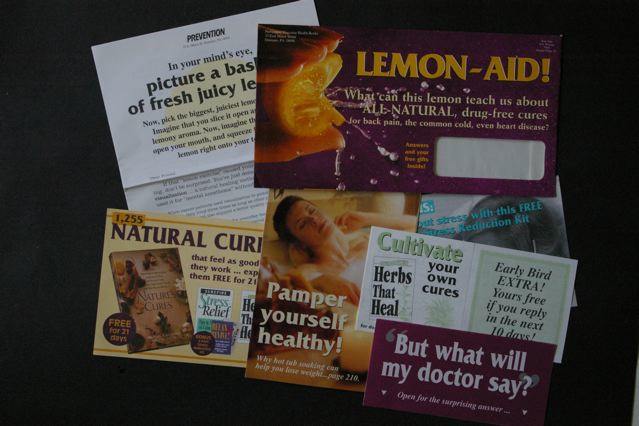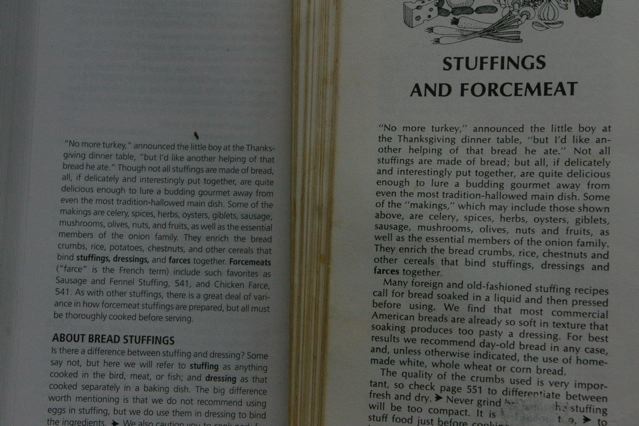Early in my career I was direct marketing manager at a department store. The post office announced its first-ever presort discount (this tells you how long ago it was) but gave no instructions on how to prepare a mailing list to get the discount. An enterprising software company wrote an application to do the presort and they were willing to let me use it—for a finders fee of half the savings in postage.
I turned it down without a second thought, even though I could have still saved thousands of dollars. The prospect of looking like a sucker to my superiors far outweighed the financial gain. And of course the gain was to the company, while the looking foolish was on me personally.
I remembered this recently when a client wanted to do some email promotions. I did a bit of research and recommended several services that work with small lists. Then she came back to me with an objection that never would have occurred to me—what if somebody at the email service decides to steal their mailing list? Although highly unlikely, this was a big internal concern at the company and it stopped the email program in its tracks.
The concerns of middle managers are very different than those of higher up folks who have responsibility and maybe get a share of P&L. Managers are reviewed for being on time and on budget, with no unpleasant surprises. This is something to keep in mind in marketing, and also when dealing with them in person because often a direct marketing manager is your immediate client as a freelancer.
When writing a marketing letter to a middle manager, it’s a good idea to stress the absolute lack of negatives. Testimonials are priceless—your reader doesn’t want to be the first to take the plunge. Benefits like “make your job easier” and “stop users from complaining” are far more relevant than “help your company grow its revenue”.
And when you’re delivering your copy to the real-life middle manager, be on time!

